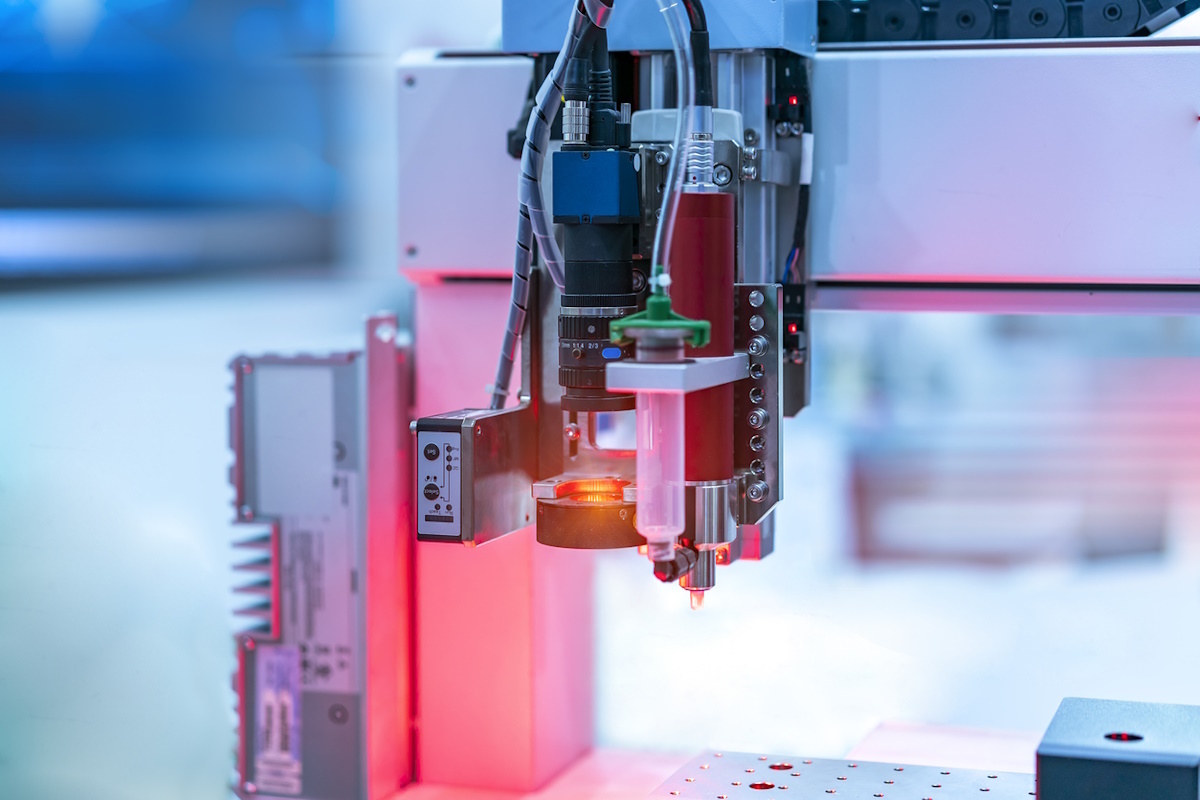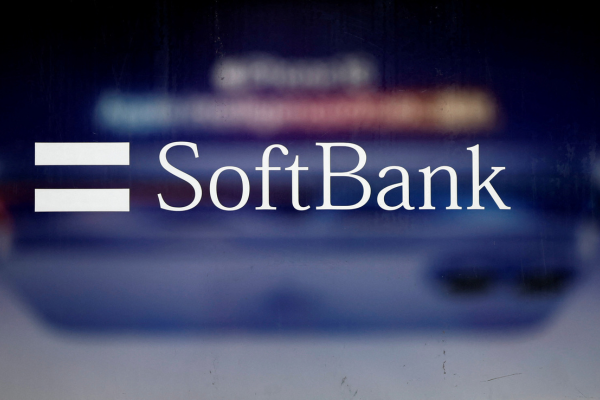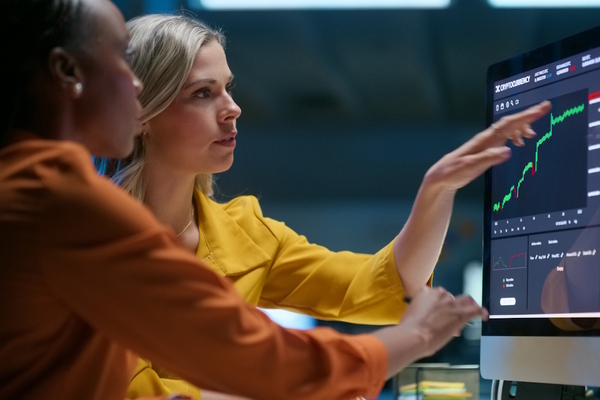Machine vision in the Industrial Internet of Things

Jamie Mottershead at Renovotec explains how machine vision is set to revolutionise industrial automation for the supply chain
New technologies such as AI, robots, automation, and detailed analytics are fast becoming crucial forms of industrial automation for warehouses, manufacturing plants and other industries that want to become more optimised working environments.
Machine vision represents one of the most exciting Industrial Internet of Things (IIoT) and industry 4.0 technologies to emerge and revolutionise supply chain operations with experts predicting the machine vision market to expand at a compound annual growth rate (CAGR) of 7.2% over the five-year forecast period (2023–2030).
The market drivers of this growth are largely due to an increasing demand for enhanced quality control and inspection. But it the integration with collaborative robots and Artificial Intelligence (AI) that will dramatically improve industrial automation in the warehouse, the manufacturing plant and throughout the supply chain.
What is machine vision?
Machine vision replaces the human eye with processes used to enable robots and computers to visually perceive and interpret their surroundings. They use advanced imaging techniques like cameras, sensors, and imaging processing algorithms to mimic the capabilities of human vision and allow them to be used to enhance business processes.
This means that machines can perform tasks that require visual inspection or analysis, extract meaningful information from images or video streams and use it to make intelligent decisions.
Machine vision drastically optimises supply chain operations and industrial automation and has many potential benefits, including:
1. Process multiple types of data at speed
Traditional barcode scanners have long been the backbone of warehousing, logistics and manufacturing data capture, but they are ultimately limited by their ability to scan and capture one piece of data at a time.
The pairing of modern camera technology and machine vision removes this limitation, enabling supply chain organisations to collect multiple pieces of data at speed. Machine vision can be programmed to scan multiple barcode types at various angles, identify the number of items in a box and even flag items that are defective or damaged.
2. Enhance quality control with 3D vision
When organisations use 3D vision capabilities with a machine vision system, they can capture accurate and detailed information regarding the precise shape of an object, even if it’s complex or irregular.
This allows them to detect surface defects with higher accuracy and reliability, ensure products meet specific requirements and classify them based on specific attributes.
Businesses can use this information to detect errors early, reduce the risk of faulty products reaching the market and even compare the product with the 3D model or CAD design to ensure it meets specifications.
3. Maximise human efficiency
With machine vision, robotics and automation technologies in place, staff don’t need to work on repetitive, time-consuming tasks anymore. This provides excellent growth opportunities to the work force and helps boost their level of job satisfaction.
4. Optimise reverse logistics
Machine vision makes it easier to perform reverse logistics, making it easier to identify, sort and inspect returned products. Additionally, it ensures the conditions of items are properly assessed, sorted, and processed, without the need for human input.
5. Improve forecasting and planning
Machine vision isn’t just a technology for collecting and evaluating data in the moment; it’s also a powerful tool for preparing effectively for upcoming demand and forecast for tasks further down the process.
Machine vision can utilise various types of data to enhance warehouse operations and achieve greater success. This data includes information on inventory, logistics, distribution, market trends, customer demand, economic climate, and weather.
By analysing and processing this data, AI and machine vision can make informed decisions and optimise warehouse processes. This ultimately leads to improved efficiency, cost savings, and increased customer satisfaction.
6. Better compliance and asset control
The real-time visibility provided by machine vision means that businesses can accurately check a defined criteria of a products at speed provides a solution that can not only improve accuracy but also compliance. By removing the need to complete time consuming manual secondary checks, the throughput is increased dramatically.
AI and machine vision as perfect partners
While machine vision technology does provide outstanding improvements for the supply chain, it’s enhanced by the integration of AI.
Machine vision complements AI by providing the image data accurately and at speed that AI needs to make complex decisions, adapt, learn and make intelligent decisions. AI algorithms also enable machines to learn continually, meaning that their performance continues to improve over time.
Machine vision for automated robots
Integrating machine learning with robotics solutions can provide additional data that allows for streamlining of the process. For example, using machine vision with a robotic arm picking solution gives the robot the data in needs to pick individual items from a tote containing multiple items.
Essentially machine vision provides the ‘eyes’ and ‘sensors’ for the robots, and the guidance needed for ultimate efficiency.
Implementing a machine vision solution for ROI
For all the myriad of benefits that machine vision brings, with budgets squeezed, many organisations working in the supply chain may be fearful of taking the leap.
It is important to note that machine vision can be implemented into existing operations with minimal change to the existing infrastructure, the integration to the host is a similar story depending on the level of logic in the solution. The flexibility of the solution means that it can be implemented in weeks and ROI can be achieved in months.
After two decades of rebuilding, and rejuvenation after the Covid supply chain and demand crisis, the benefits from the integration of machine vision with technologies that boost the efficiency of the supply chain are multi-fold and will be transformational to the warehouse environment and the supply chain industry.
Jamie Mottershead, Technical Director, Renovotec
Main image courtesy of iStockPhoto.com

Business Reporter Team
You may also like
Related Articles
Most Viewed
Winston House, 3rd Floor, Units 306-309, 2-4 Dollis Park, London, N3 1HF
23-29 Hendon Lane, London, N3 1RT
020 8349 4363
© 2025, Lyonsdown Limited. Business Reporter® is a registered trademark of Lyonsdown Ltd. VAT registration number: 830519543





